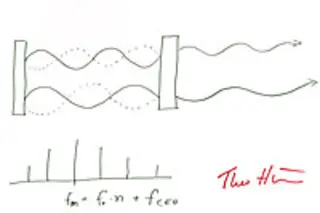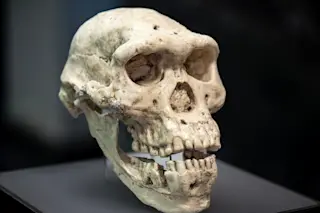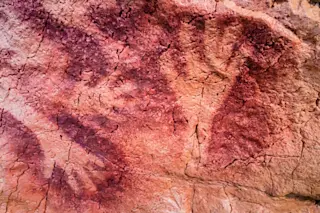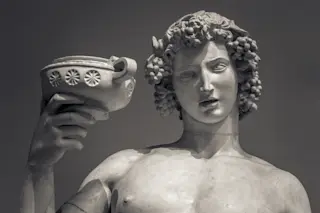Can the prizewinning work of a lifetime be scrunched into a few scribbles and squiggles? Photographer Volker Steger thinks it can—and he has persuaded a group of Nobel science laureates to pick up his daughter's crayons and draw their discoveries on sheets of white cardboard.
Steger, who conceived the idea last spring while on a solo 300-mile bike trip from his home in Munich across the Swiss Alps to Milan, has photographed Nobelists ranging from Robert Curl Jr. (Chemistry, 1996), a codiscoverer of the 60-carbon spherical molecule known as the buckminsterfullerene, or buckyball, to Christiane Nüsslein-Volhard (Physiology or Medicine, 1995), who identified key genes that control embryonic development.
The scientists' artwork draws out unexpected and often deeply personal details. Curl's depiction of the buckyball's creation hints at a dispute over the naming of the molecule. He favored "soccerene" for its soccer-ball shape, but his British cowinner, Sir Harold Kroto, nixed ...















